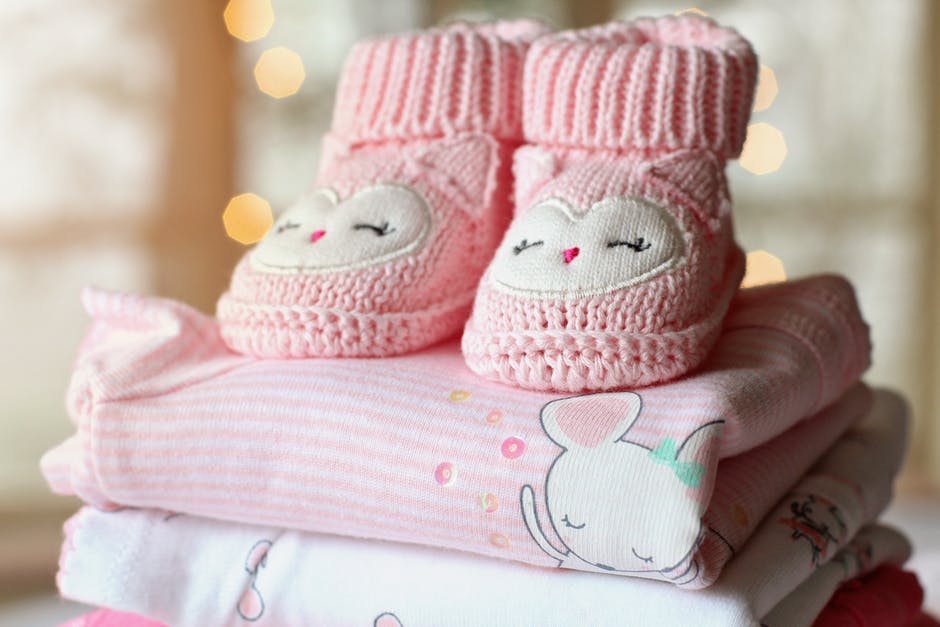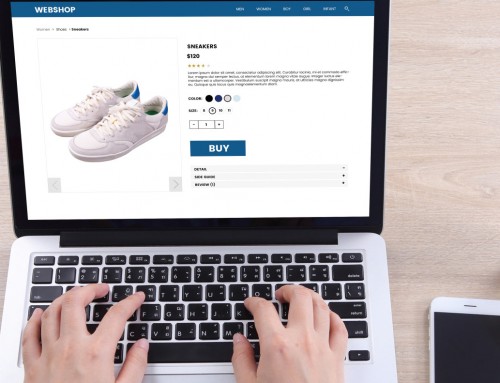If you don’t have a child, or you’ve never shopped for baby clothes, chances are you’re thrown off by the sizing of their clothes.
From newborns to two-year-olds, this guide will help you figure out once and for all, how do baby clothes sizes work?
Size Charts
As all people’s clothes usually do, baby clothes will vary in size depending on the brand. Babies also vary in size because each one is unique. Not all babies will be the same size at the same age.
For this reason, make sure when shopping for baby clothes you pay attention to your baby’s weight and height, not the intended age. Baby clothes sizes by weight in comparison to their tag sizes are helpful because it doesn’t matter what the label says, if your baby is bigger or smaller, they’ll need appropriately sized clothes.
Baby girl clothes may differ from baby boy’s clothes, and preemies or big babies may not fit in an assigned category. Be open-minded and always pay attention to the sizing charts for the specific brand.
Baby clothes size charts will almost always be on a brand’s website. Or, if you’re shopping in-person it may be on a display.
Tag Sizes
If you’re looking at an article of clothing for your baby, as mentioned before, you should look at the height and weight rather than the age. But what if your baby hasn’t been born yet?
Well for newborns, unless your doctor has specifically told you your baby will be smaller or larger than the average, go with the one that specifically says “Newborn”. Many times, a brand won’t specify the size, but rather label it for a newborn infant. The size of newborns can also be shown as 0000, or four zeros.
In baby clothes sizes that have a range of months, like 0-3 months, look at the size as if it’s going to fit a baby of the largest month mark. So, a 3-6 month outfit could fit a baby 6 months old but might be too big for your 3-month-old. This is usually the case for clothes up to 12 months old and sizes will typically increase in 3-month increments.
Keep perspective when shopping for these clothes too. If your baby grows quickly, even if they were originally following the sizing chart, you may have to change clothes more rapidly than other babies.
After the First Year
After your baby has reached the 12-month mark (happy birthday baby!), sizing charts tend to increase the number of months associated with one article of clothing. As before, a safe bet is to imagine the top number, like 12-18 months as being close to what your baby will actually fit in. Sizing then increases from 12-18 to 18-24, which is also a pretty big jump.
How Do Baby Clothes Sizes Work?
The big takeaway here is that you need to go by your baby’s height and weight. If you’re still confused and are asking yourself, “How do baby clothes sizes work?”, check out the sizing chart for each specific brand as they all usually differ somehow.
If you have not had your baby yet, start small. Unless your baby is a preemie, you should be able to start with NB (newborn), or 0000, and go up as your baby grows.
The beautiful thing about babies is that they don’t stick to our rules. Be patient and learn what works best for you and your baby!











